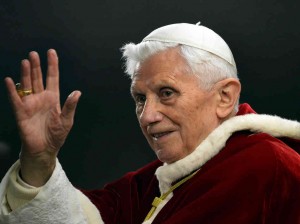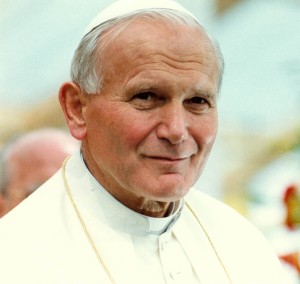Pope Francis I declared on Monday, the 15th of April, his solidarity with the controversial report by the Congregation for the Doctrine of the Faith (CDF) which was released last year, and his desire to advance Pope Benedict XVI’s goal of restructuring the Leadership Conference of Women Religious (LCWR) in the USA. This is his most controversial action since he entered office last month, as it has been widely misunderstood.

Benedict’s crackdown on the progressive nuns of the LCWR roused a significant amount of public ire last year, and Francis’ support of the reform comes as no surprise. While he is intent on building popular opinion of the Catholic Church, he is also conservative. Thus, although many had hoped that Francis would break with tradition on this issue as he has with many others in his short time in the Papal office, it was in full accordance with expectations that Archbishop Gerhard Ludwig Müller informed the LCWR of the pope’s decision on Monday.
In the US media, the conflict between the Vatican and the LCWR has been portrayed as one of “Pope versus Progressive Nuns” and as yet another instance of archaic Catholic dogma oppressing human progress. The matter is more complicated than that, however; although the nuns of the LCWR have indeed been reprimanded for spending “too much time” on social justice issues, and for deviating from traditional Catholic doctrine regarding contraceptives and homosexuality, the Vatican objection arises from the group’s divergence from traditional Catholic teachings regarding some key elements of Catholic doctrine.
The role of the CDF is to ensure that no heretical doctrines are taught by Catholic clergy—they were formerly known as the Office of the Holy Inquisition. Consequently, great weight has been lent to their assessment that LCWR has strayed far from Catholic doctrine. The nuns of the order have allegedly expressed the sentiment of “moving beyond Jesus,” as well as blatantly calling into question his divinity under the guise of progressive feminism. The CDF determined that they were espousing “significant doctrinal or moral content which often contradict or ignore magisterial teaching.” The members of the LCWR have contested the allegations by saying that they never officially supported such views, but the CDF, and now two Popes, have determined that their defense was inadequate to avoid hierarchical reform.
The LCWR is a religious order and therefore distinct from the regular clergy: its nuns do not fall under the jurisdiction of parish priests, bishops, or anyone besides their own intra-order superiors and the Pope. The Pope himself is the sole connecting point between the hierarchies of religious orders and regular clergy. That is why first Benedict and now Francis have had to intervene to correct the alleged doctrinal deviances of the wayward sisters.
There is room to question the fairness of the Papal action on this matter, however. Francis has been accused of repressing movements for social justice during the Argentine “Dirty War.” Also, by reforming the LCWR and bringing it back in line with Catholic doctrine, the Pope stands to gain favor with more conservative Catholics who have been offended by his recent deviations from tradition.


